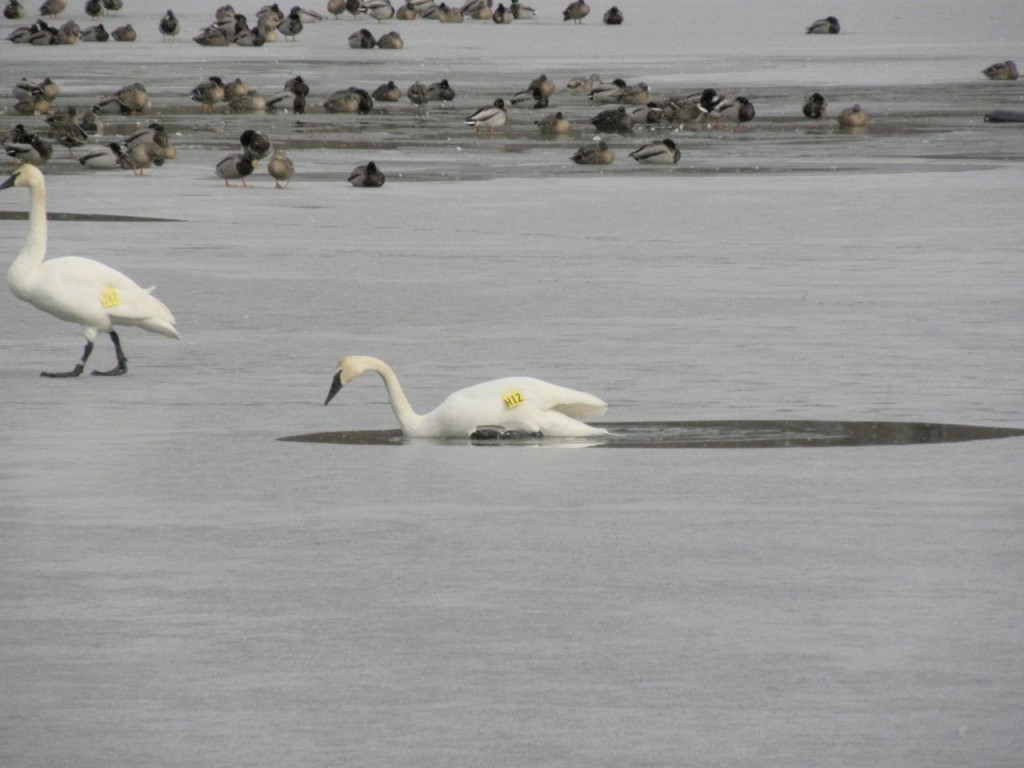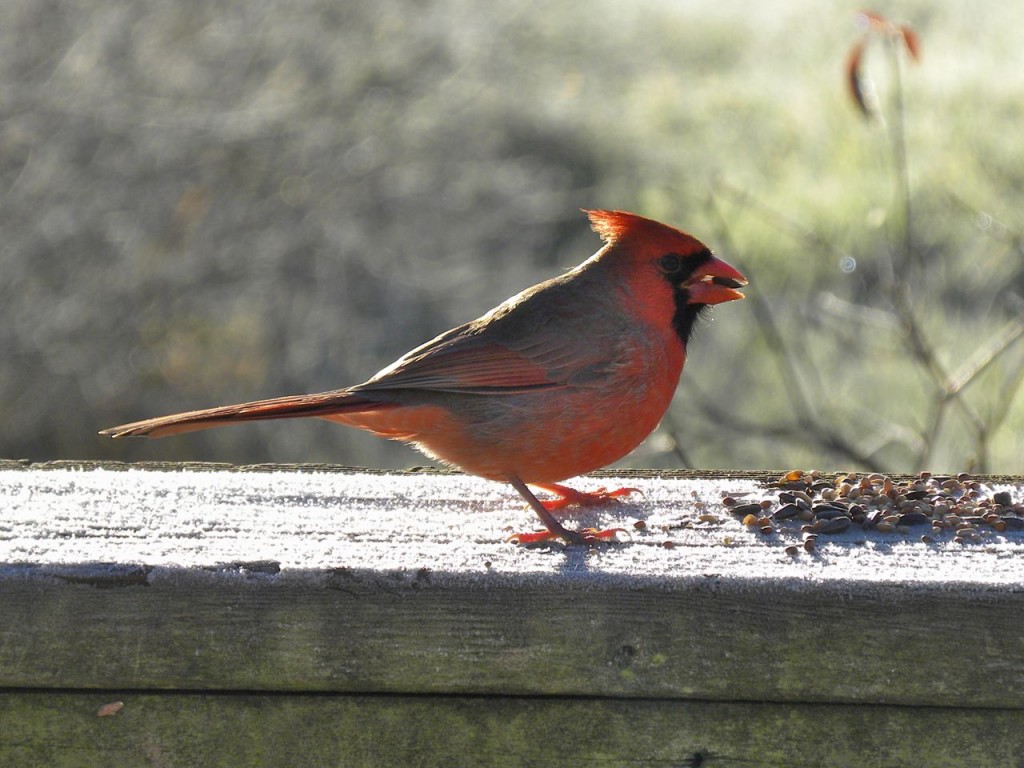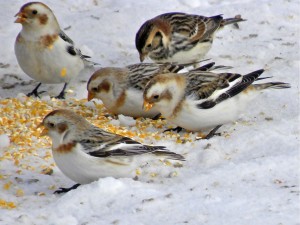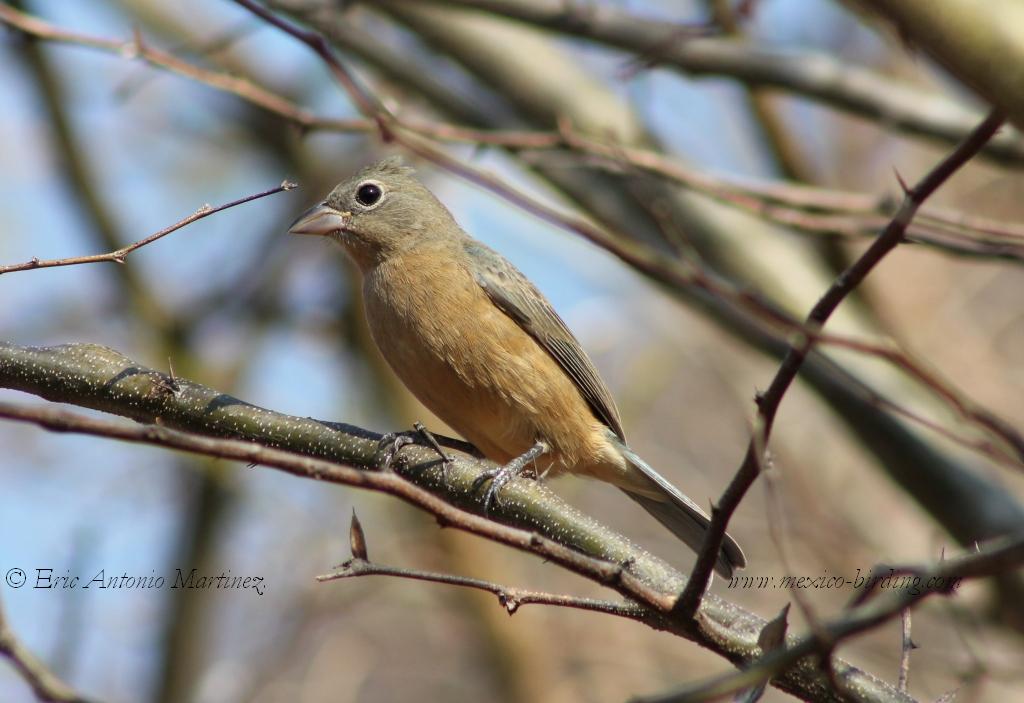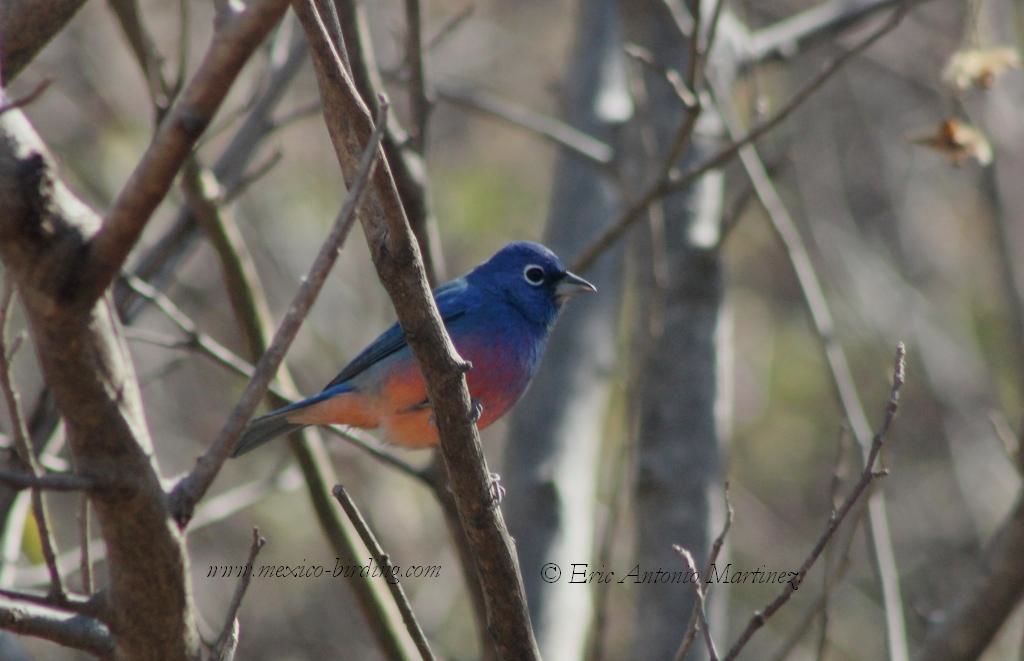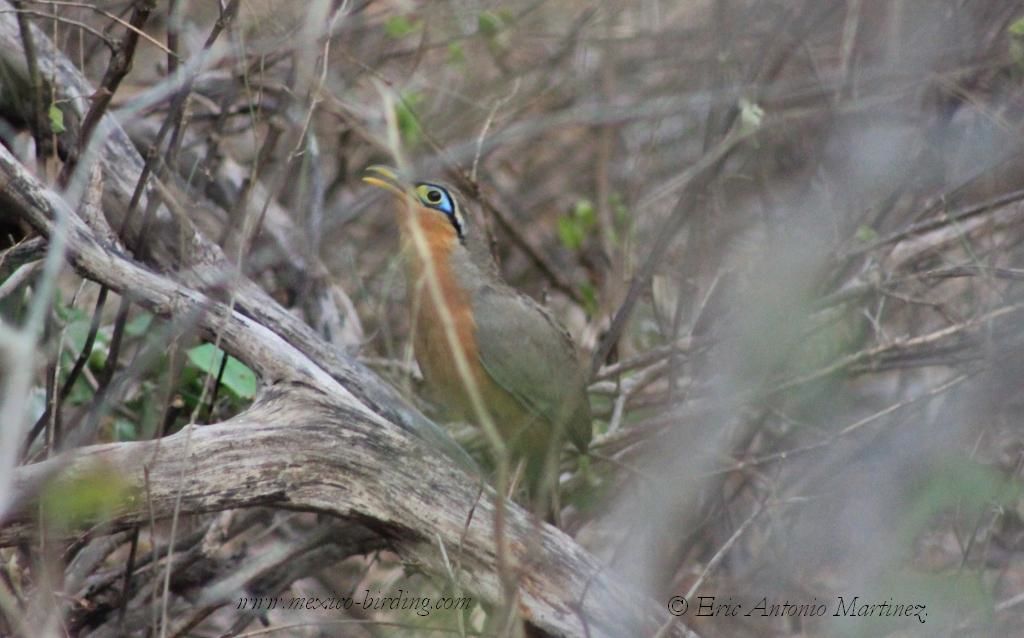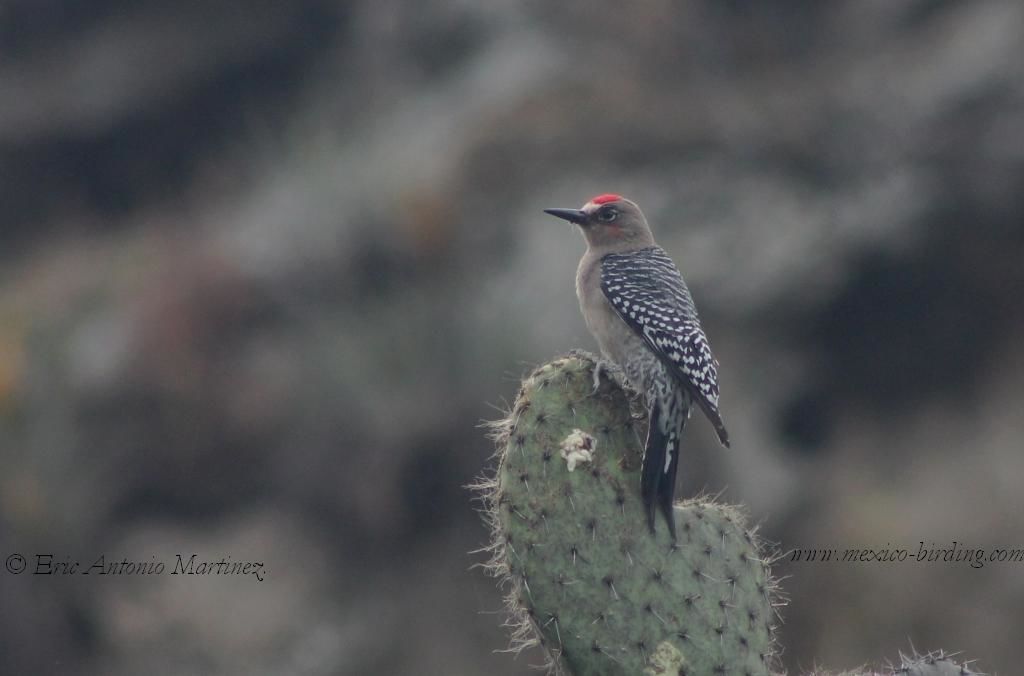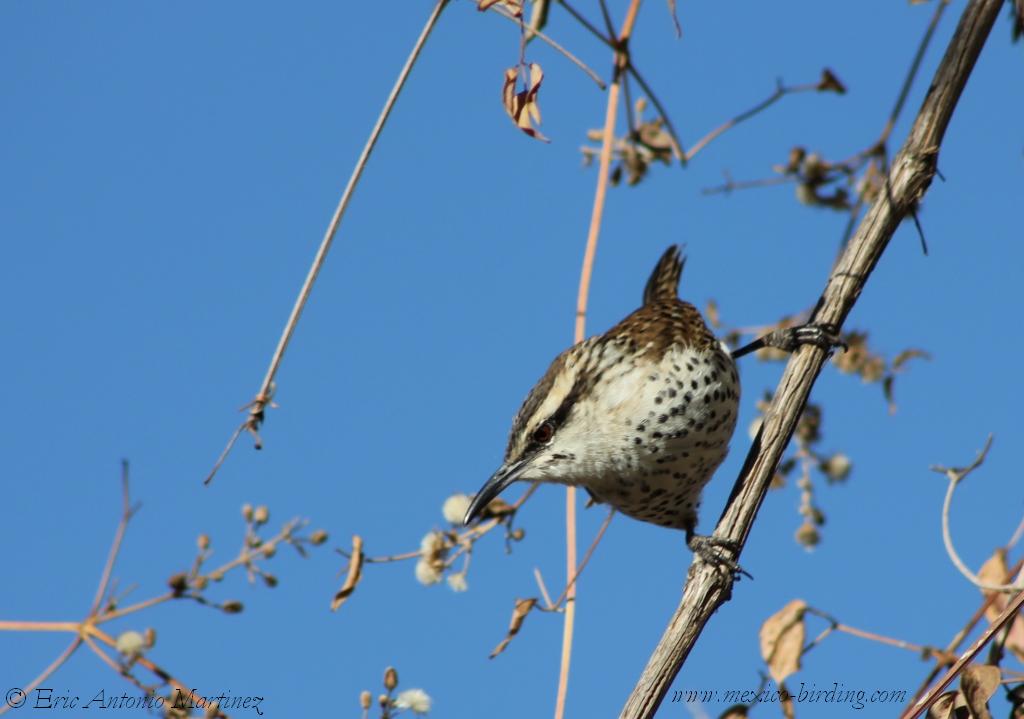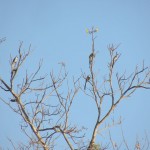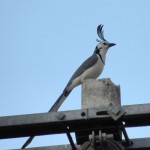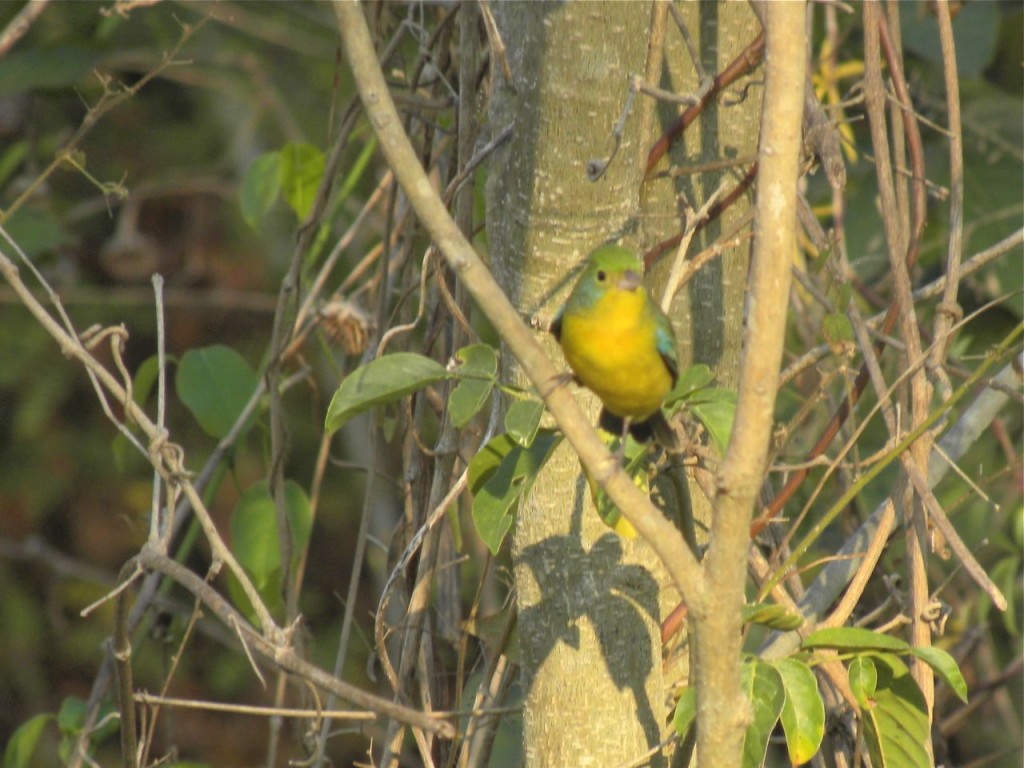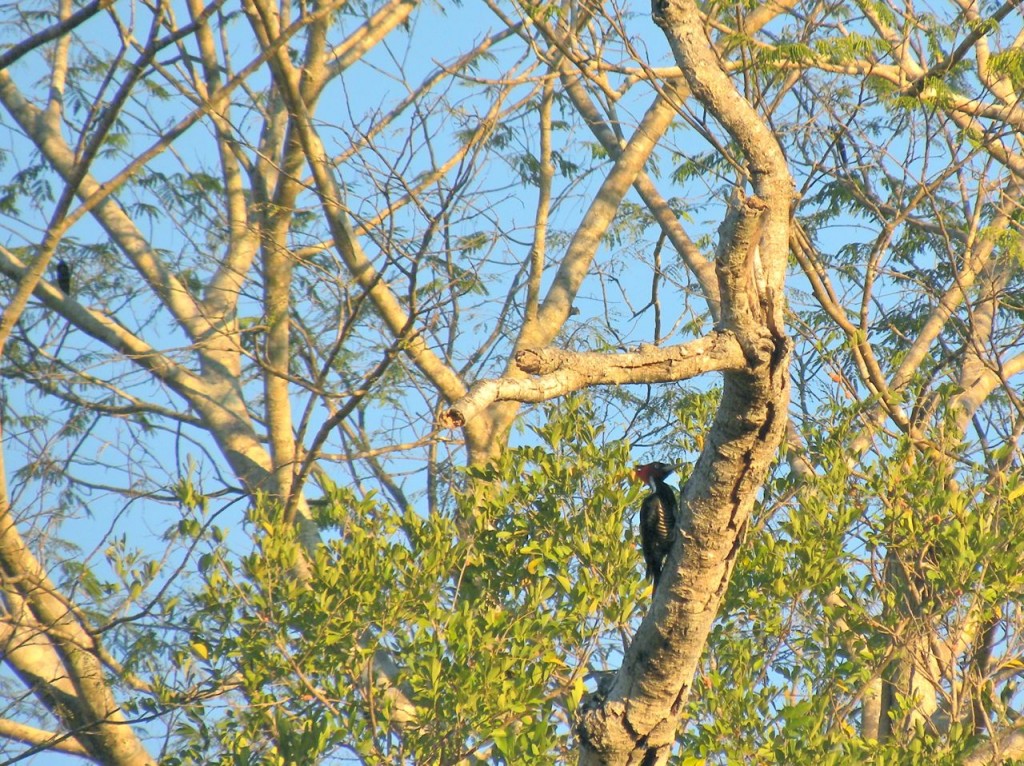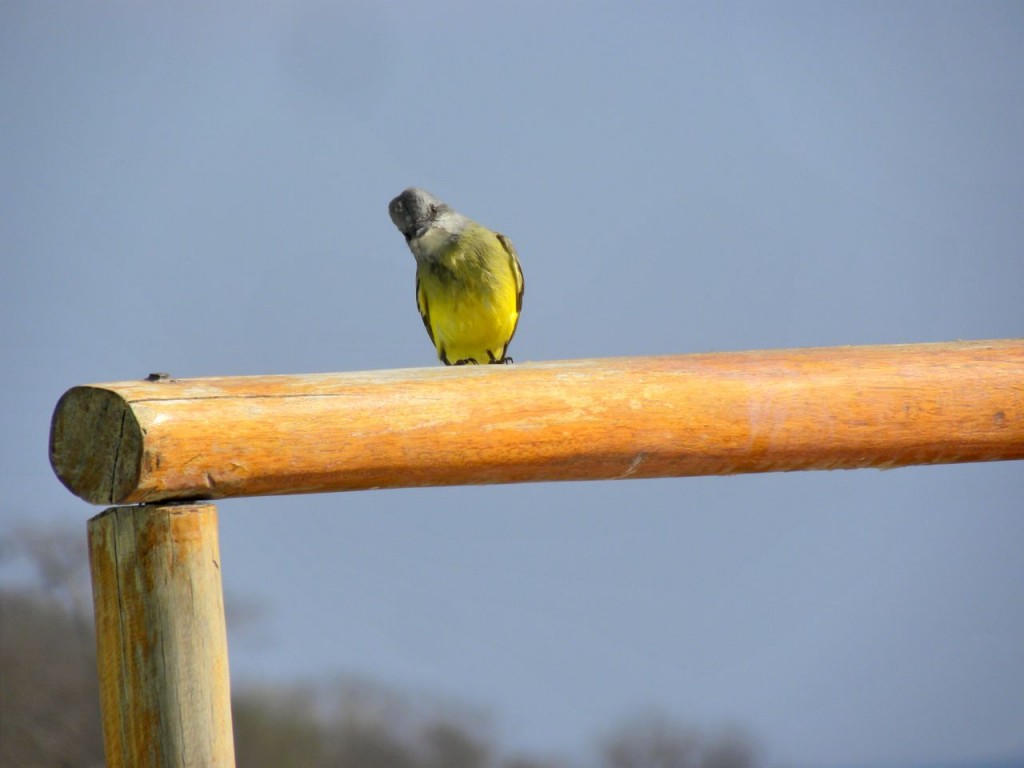February 16 2013. Burlington ON. I’ve shaken off the remnants of any longing to be in the sub-tropics where, if nothing else, bird action is unceasing, lively and productive. Reinvigorated and resigned to the monochromatics of winter birds I set out to see what waterfowl could be found around a nearby marina.
My wandering was memorable as much for sounds of the pans of ice grunting, sighing and rattling, as it was for the birds. This is a reliable gathering place for dozens of Mute and Trumpeter Swans, hundreds of Mallards and countless American Black Ducks, Coots and Scaup. They are drawn, I believe, by the regular provision of feed corn brought in daily by swan enthusiasts. Who wouldn’t be? A little way offshore Common Goldeneye, Common and Red-breasted Mergansers and White-winged Scoters cruise around.
Flotillas of White-winged Scoters were diving for plentiful food discovered close to the shore, but rather than hang around and feed, they tended to stay offshore, paddle purposefully in, dive and feed and then hurry back out again; there was a steady parade of comings and goings. Watching them closely I thought how menacing the males look with their dark eyes underlined in white and their wide bill flattened like a prizefighter’s nose.
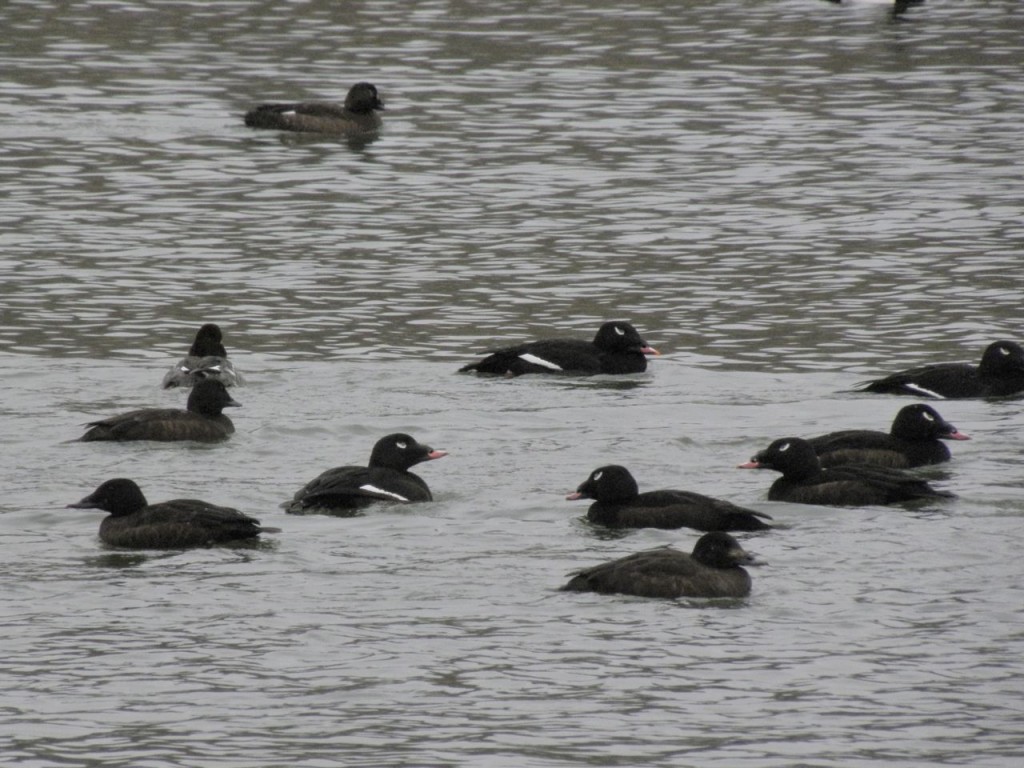
Every now and then an oddity shows up at the marina, last winter it was a young Common Eider, this year it’s a fine looking male Wood Duck who is every bit as determined to share in the offerings of food as the larger and jostling Mallards. I watched a corps of heavy-lens photographers crouching and waiting for the perfect shot, and wondered if birds feel any sense of unease at the cold, dispassionate lenses eyeing them; they very well may, many times I’ve had a bird fly away apparently spooked by the pointing camera, even when I think I’m standing unthreateningly still. I grabbed a few pictures of the Wood Duck, none of them a money shot but this one captures a bit of its feisty stick-up-for-itself nature.
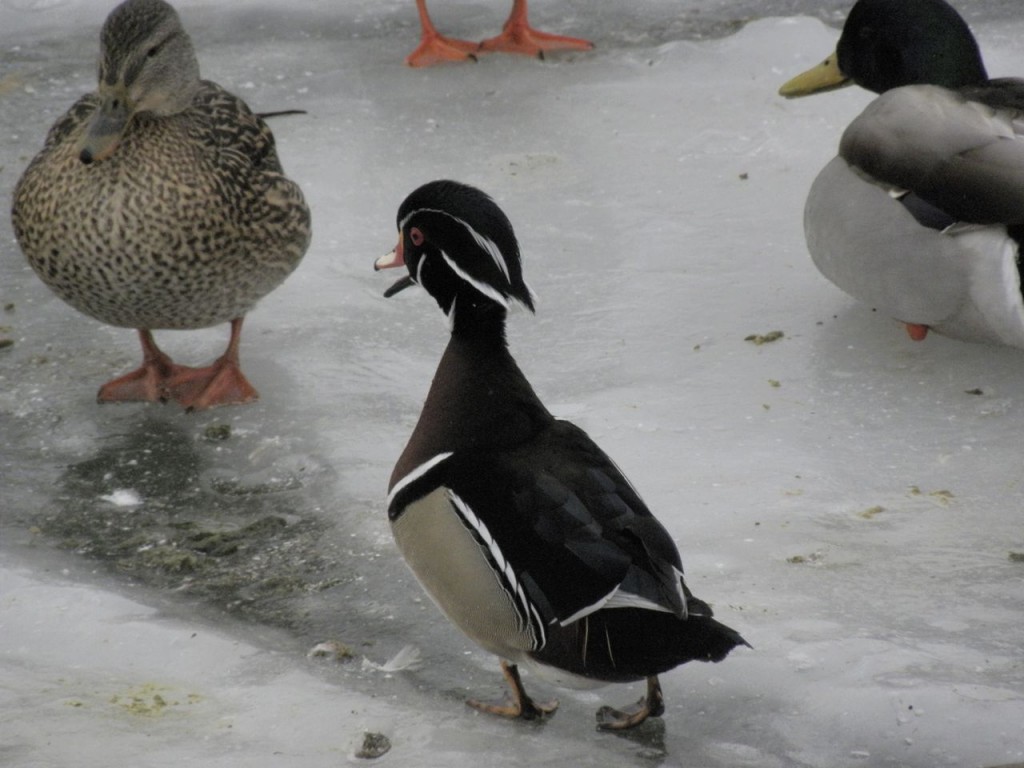
As I was about to leave I watched a couple of Trumpeter Swans walking across the thin ice sheet, apparently it was too thin because a sudden collapse left one floating in a very small opening and struggling to climb out. Its companion showed little concern and left it to its own devices.
